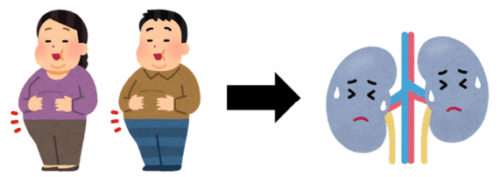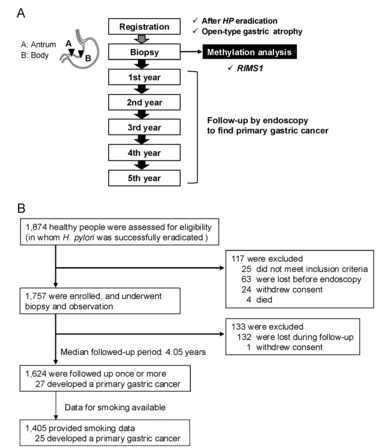2025-04-16 東京大学

<関連情報>
- https://www.u-tokyo.ac.jp/content/400262616.pdf
- https://discovery.researcher.life/article/association-of-obesity-visceral-fat-accumulation-and-dyslipidemia-with-the-risk-of-chronic-kidney-disease/a369f95011343e00a0dde84c75bd89cb
肥満、内臓脂肪蓄積、および脂質異常症と慢性腎臓病リスクとの関連。 Association of Obesity, Visceral Fat Accumulation, and Dyslipidemia with the Risk of Chronic Kidney Disease.
Yui Yoshida, Yasuhiro Hagiwara,…
Internal Medicine Published:Apr 12, 2025
DOI:https://doi.org/10.2169/internalmedicine.4613-24
Abstract
Objective Although chronic kidney disease (CKD) is independently associated with hypertension or hyperglycemia, there is no consensus on the thresholds of obesity, dyslipidemia, or visceral fat accumulation to predict CKD onset and progression. Methods We performed a multivariable logistic regression analysis for the association of the subsequent rate of estimated glomerular filtration rate (eGFR) decline with body mass index (BMI), blood high-density lipoprotein (HDL) cholesterol and triglycerides (TG) levels on 308,174 subjects who underwent health examinations conducted by the Public Health Research Center Foundation from 2015 to 2022. In addition, a Poisson regression analysis was used to evaluate the association between the appearance of urinary protein in participants without baseline urinary protein levels and eGFR decline. Results The median age of the subjects was 46 years old, and the median observation period was approximately 3 years. An eGFR decline rate of ≥5%/year was significantly associated with low HDL-cholesterol levels (<40 mg/dL), independent of the BMI and TG levels. A high baseline BMI (≥25 kg/m2) or waist circumference (≥85 cm for men and ≥90 cm for women), high TG levels (≥150 mg/dL), and low HDL-cholesterol levels were significantly associated with new-onset proteinuria. Furthermore, the higher the baseline BMI, the higher the incidence rate ratio of new-onset proteinuria. Conclusion Independent of hyperglycemia and hypertension, dyslipidemia according to the Japanese metabolic syndrome criteria and an elevated BMI were associated with a high risk of new-onset proteinuria, and a low HDL-cholesterol level was significantly associated with a rapid eGFR decline.


